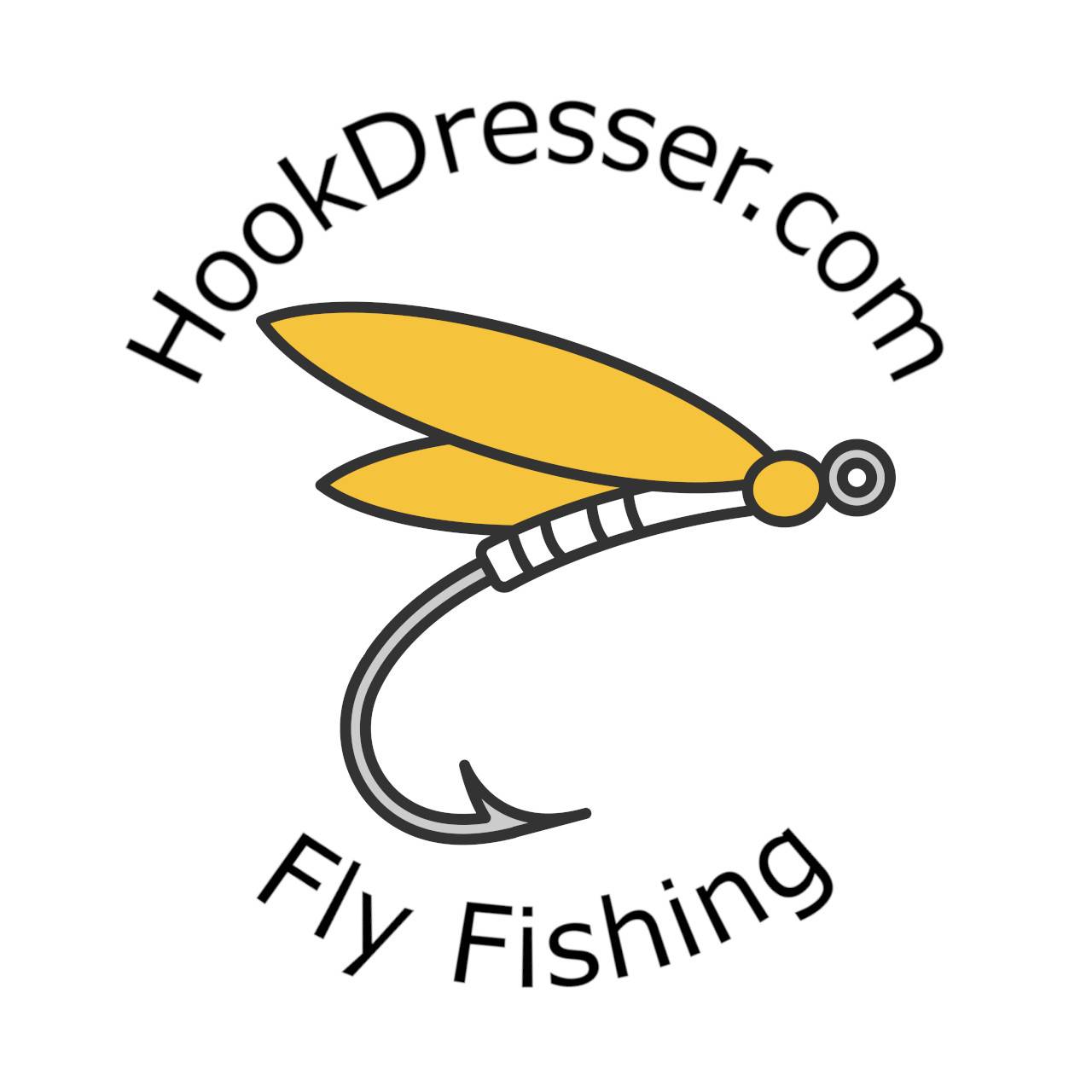Are you wondering what chenille is used for in fly tying? In this guide to chenille I will outline the uses of chenille in fly tying, which flies use chenille and what materials you can use as a substitute for chenille.
Chenille is a fly tying material gaining popularity among fly tiers. It is a versatile material that is made up of short, fuzzy fibres wrapped around a core thread. Chenille can be made of various synthetic or natural fibers and can be found in a variety of colors.
The fuzzy textures provided by the chenille in fly tying make it an excellent choice of material for creating realistic and attractive bodies in fly patterns.
Chenille can also be combined with other materials such as feathers or dubbing. This creates a more complex and lifelike fly that fish may find irresistible.
Where a traditional fly pattern uses yarn in its tying, try using chenille to give it a modern twist.
What is Chenille Used For in Fly Tying?
In fly tying, chenille is used for wrapping the bodies of streamers, lures and nymph patterns. Chenille helps to disguise and cover the hook shank by building the body of the fly. In lures and streamer patterns chenille adds profile.
You can find chenille in a wide variety of colors, sizes and styles to help you create whichever pattern you are tying.
The smaller sizes of chenille are ideal for creating nymph and stonefly patterns. The various colors of chenille on offer will allow you to find the perfect colors for attracting the fish’s attention or the right shade to closely mimic the fish’s prey.
What Flies Use Chenille?
Chenille is used in a variety of fly patterns used for catching several species of fish. Chenille is commonly found in trout streamers, salmon flies, saltwater flies as well as flies for bass and pike fishing.
Popular trout flies with chenille in their tying include the wooly bugger, the cat’s whisker, and the San Juan worm fly.
Types of Chenille
Glow in the Dark
When I found out about glow in the dark chenille, I just had to get it. For fun, I like to add glow in the dark materials in my flies.
Glow in the dark chenille works best in low light situations. This could be at dawn or dusk or, when the fly is going to be fished deep in the water column, or even after storms and heavy rains when the water is likely to be murky.
Glow in the dark chenille is sure to attract the attention of fish.
What Can I Use Instead of Chenille for Fly Tying?
You can use yarn, dubbing, embroidery floss, tinsel, or micro tubing instead of chenille for fly tying. substituting chenille for yarn in any fly pattern calling for chenille.
These alternatives can help you achieve similar effects to chenille when it comes to creating bodies for your fly patterns. Experimenting with different materials can also lead to unique fly designs and variations.
Yarn
In most cases, yarn is used as a substitute for chenille as it is the material which resembles chenille the closest.
Fly tiers often substitute yarn for chenille when they do not have the required color of chenille or do not want the expense of trying out an unproven color of chenille for catching fish.
In this situation, yarn or dubbing will be cheap alternatives to chenille.
Yarn makes an excellent substitute for chenille as it is cheaper and readily available. In most cases, you might already have the color of yarn you need lying around the house.
To use yarn instead of chenille, separate the strands making up the yarn. In most cases yarn is made of three twisted strands. Once the strands are separated, take one strand and use it as you would with chenille to wrap it around the hook. When using yarn instead of chenille, I recommend using wire or tinsel to help secure it in place.
As chenille is a more expensive material than yarn, fly tiers sometimes choose to test colors using yarn before buying the same colored chenille.
Dubbing
If you do not have chenille, you can use a similar color of dubbing instead. Dubbing is a blend of natural or synthetic fibres that can be used to create the bodies of flies. Dubbing is applied to the thread then wrapped along the hook shank to form a rope-like body.
Floss
Embroidery floss or silk floss can be used as an alternative to chenille. Floss can be twisted or wrapped around the hook to form a smooth, segmented body. It is available in a wide range of colors, allowing you to match specific fly patterns.
Tinsel
Metallic tinsel can be used to create flashy bodies on flies. It is available in various widths and colors, and can be wrapped tightly around the hook shank to imitate the shine of certain insects or attract fish with its reflective properties.
Micro tubing
Micro tubing is a flexible, hollow material that can be used to create fly bodies. It is usually made of plastic or silicone and can be stretched over the hook shank to form a smooth, cylindrical body. Micro tubing comes in different colors and sizes to suit your fly tying needs.
